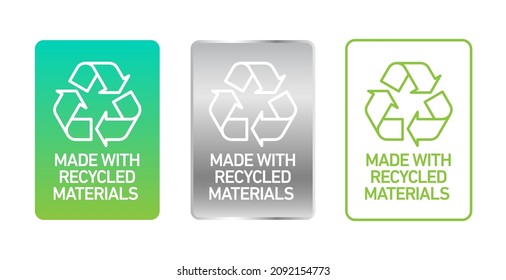

But the best part is that they were created by Google. So, why choose it? In our opinion, you should choose them, because they are slick, stylish, minimalistic, and are supported by all major platforms, as well as browsers. Although, it should be said that Material UI Icons are not a be-all and end-all of UI Icons, as there are plenty of other packs on the market. And there are even no pitfalls, as the pack is ready to use. And the answer is quite simple: you can also use them when creating a project with React’s help, which is good because it allows you to keep this task in your line of focus without a need to switch. “What does it all have to do with React?” – you might ask. The second component, which is the Icon component, is there to display an icon from any ligature-enabled icon font. It should also be mentioned that the size of said Icon should be 24×24 pixels, but we are getting ahead of ourselves. This React component allows you to customize the icon’s style and the reaction it makes after a click. When it comes to Material UI Icons, the SVG component serves as the SVG path child and converts it into a React component.
Material UI Icons mainly consist of two components: SvgIcon and Icon. Such Icons are used with the purpose of creating an easy shortcut to any action on the site or in the app, as well as allowing to replace long word descriptions with an easily understandable icon for a user. They can also be used to represent frequent operations and savings, and are usually placed in application and/or toolbars. To put it bluntly, Material UI Icons are a pack of ready-made icons that represents a command, file, device, or directory.
#Material icon plus how to#
What Is Material UI Icons and How to Use Them
Those pluses include broad compatibility, easy development, and the ability to remove unnecessary features. As you can assume, Material UI library combines the pluses of Material Design with those of React. The benefits are smoother integration with Google services and a well-received “Googly” look that so many have grown to like. Google introduced Material Design in 2014 and has since encouraged developers to use their guidelines. Material UI is a React library based on Google’s Material Design. Today we’ll focus on using Material UI icons in React. In fact, if we measure each element’s impact on user experience per pixel of screen space, icons might be the most important part of the front-end. Likewise, icons are a big part of a web App’s design. Those elements are meant to stand out just enough to be easy to find but not to the point where they would pull attention away from everything else. Picture that situation and you’ll have an idea of how tricky interactive element design is. And what is a better example of a small thing in web Apps than icons? Have you ever used an elevator with walls fully covered with ads? If you had no problem figuring out where to press to start moving, it means someone did a good job of designing the thing. We said it before and we’ll say it again: there are no small things in web development. Introduction to Material UI Icons In React
#Material icon plus plus#
On the same way you can change size of Hdr Plus icon by just adding style="font-size:50px ". It is pretty simple to change color of icon Hdr Plus just add style="color:red" it will make font color red. You can customize Material Icon Hdr Plus Icon Hdr Plus as per your requirement, suppose that you need to chnage the color of Hdr Plus icon or change the size of size. You need to add the icon class along with material-icons, it is basically main class and mandatory for icons so do not forget to add this class. Material Icon Hdr Plus Icon | hdr_plus | HTML, CSSĪdding Material Icon icon HTML Hdr Plus( hdr_plus) in web project is very simple.


 0 kommentar(er)
0 kommentar(er)
